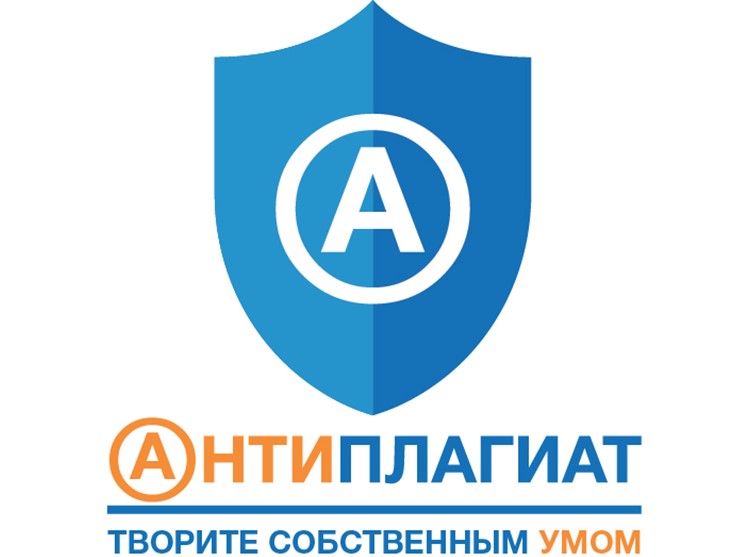CERAMIC COMPLEX OF THE MAJTAN BURIAL AS THE REFLECTION OF CULTURAL GENESIS OF ATASUSKAYA CULTURE (Preliminary Report)
Abstract
The pottery obtained from the excavations of the Majtan burial in Central Kazakhstan is a representative source base to address many of the issues of the Bronze Age. However, there are problems of selection methods for the analysis of the collection which has 468 whole and reconstructed vessels. As a result, the author proposes his own approach in considering the existing mass finds. The analysis of the form allows distinguishing three conventional types of vessels (jar-type, transition pot-to-jar vessels, pot-type). In addition, specific design and ornamentation of these types are shown in detail. The systematization presented is of a preliminary character, but it allowed the author to make some conclusions and diverse reconstructions. It is concluded that the materials obtained in the Majtan burial reflect the initial stage of Atasuskskaya culture based on the natural development of local Nurtayskaya culture of Central Kazakhstan which was formed partly by females as the carriers of the Central Asian, East Kazakhstani and trans-Ural cultural traditions.
Downloads
Metrics
References
Bobrinskiy A.A. O metodike izucheniya form posudy iz arkheologicheskikh raskopok [On the Method of Studying the Forms of the Utensils from Archaeological Sites]. Kul’tury Vostochnoy Evropy I tysyacheletiya [Culture of Eastern Europe of the 1st Millennium]. Kuybyshev : Izd-vo Kuybyshev. gos. un-ta, 1986. Pp. 137–157. [In Russian]. Бобринский А.А. О методике изучения форм посуды из археологических раскопок // Культуры Восточной Европы I тысячелетия. Куйбышев : Изд-во Куйбышев. гос. ун-та, 1986. С. 137–157.
Bobrinskiy A.A. Funktsional’nye chasti v sostave emkostey glinyanoy posudy [Functional Parts in the Composition of the Pottery]. Problemy izucheniya arkheologicheskoy keramiki [Problems in the Study of the Archaeological ceramics]. Kuybyshev : Izd-vo Kuybyshev. gos. un-ta, 1988. Pp. 5–21. [In Russian]. Бобринский А.А. Функциональные части в составе емкостей глиняной посуды // Проблемы изучения археологической керамики. Куйбышев : Изд-во Куйбышев. гос. ун-та, 1988. С. 5–21.
Gening V.F. Programma statisticheskoy obrabotki keramiki iz arkheologicheskikh raskopok [The Programme of Statistical Processing of Ceramics from Archaeological Sites]. Sovetskaya arkheologiya [Soviet Archeology]. 1973. №1. Pp. 114–136. [In Russian]. Генинг В.Ф. Программа статистической обработки керамики их археологических раскопок // Советская археология. 1973. №1. С. 114–136.
Kukushkin I.A. Mogil’nik Ayapbergen – ranneandronovskiy pamyatnik Tsentral’nogo Kazakhstana [The Ayapbergen Burial – a Monument of the Early Afasanyevo Culture in Central Kazakhstan]. Izuchenie pamyatnikov arkheologii Pavlodarskogo Priirtysh’ya [The Study of Archaeological monuments of the Pavlodar region]. Pavlodar : NPF “EKO”, 2006. Pp. 50–69. [In Russian]. Кукушкин И.А. Могильник Аяпберген – раннеандроновский памятник Центрального Казахстана // Изучение памятников археологии Павлодарского Прииртышья. Павлодар : НПФ «ЭКО», 2006. С. 50–69.
Potemkina T.M. Bronzovyy vek lesostepnogo Pritobol’ya [The Bronze Age of the Forest-Steppe Tobol Region]. Moscow : Science, 1985. 376 pp. [In Russian]. Потёмкина Т.М. Бронзовый век лесостепного Притоболья. М. : Наука, 1985. 376 с.
Tkachev A.A. Osobennosti nurtayskikh kompleksov Tsentral’nogo Kazakhstana [Features of the Nurtaysky Complexes in Central Kazakhstan]. Vestnik arkheologii, antropologii i etnografii [Vestnik of Archaeology, Anthropology and Ethnography]. 1999. Vyp. 2. Pp. 22–29. [In Russian]. Ткачёв А.А. Особенности нуртайских комплексов Цен¬трального Ка-захстана // Вестник археологии, антропологии и этнографии. 1999. Вып. 2. С. 22–29.
Tkachev A.A. Tsentral’nyy Kazakhstan v epokhu bronzy. Ch. 1 [Central Kazakhstan in the Bronze Age. Part 1]. Tyumen’ : Izd-vo TyumGNGU, 2002a. 289 p. [In Russian]. Ткачёв А.А. Центральный Казахстан в эпоху бронзы. Ч. 1. Тюмень : Изд-во ТюмГНГУ, 2002а. 289 с.
Tkachev A.A. Tsentral’nyy Kazakhstan v epokhu bronzy. Ch. 2 [Central Kazakhstan in the Bronze Age. Part 2]. Tyumen’ : Izd-vo TyumGNGU, 2002b. 243 p. [In Russian]. Ткачёв А.А. Центральный Казахстан в эпоху бронзы. Ч. 2. Тюмень : Изд-во ТюмГНГУ, 2002б. 243 с.
Tkachev V.V., Khovanskiy A.I. Keramika sintashtinskoy kul’tury [Pottery of the Sintashta Culture]. Orsk ; Samara : Izd-vo OGTI, 2006. 180 p. [In Russian]. Ткачёв В.В., Хованский А.И. Керамика синташтинской культуры. Орск ; Самара : Изд-во ОГТИ, 2006. 180 с.
Khlopin I.N. Yugo-Zapadnaya Turkmeniya v epokhu pozdney bronzy (po materialam Sumbarskikh mogil’nikov) [Southwest Turkmenistan in the Late Bronze Age (Based on Sumbar Cemeteries)]. L. : Nauka, 1983. 243 p. [In Russian]. Хлопин И.Н. Юго-Западная Туркмения в эпоху поздней бронзы (по материалам Сумбарских могильников). Л. : Наука, 1983. 243 с.
Copyright (c) 2017 Теория и практика археологических исследований

This work is licensed under a Creative Commons Attribution-NonCommercial-NoDerivatives 4.0 International License.
Theory and Practice of Archaeological Research is a golden publisher, as we allow self-archiving, but most importantly we are fully transparent about your rights.
Authors may present and discuss their findings ahead of publication: at biological or scientific conferences, on preprint servers, in public databases, and in blogs, wikis, tweets, and other informal communication channels.
Theory and Practice of Archaeological Research allows authors to deposit manuscripts (currently under review or those for intended submission to ABS) in non-commercial, pre-print servers such as ArXiv.
Authors who publish with this journal agree to the following terms:
- Authors retain copyright and grant the journal right of first publication with the work simultaneously licensed under a Creative Commons Attribution License (CC BY 4.0) that allows others to share the work with an acknowledgement of the work's authorship and initial publication in this journal.
- Authors are able to enter into separate, additional contractual arrangements for the non-exclusive distribution of the journal's published version of the work (e.g., post it to an institutional repository or publish it in a book), with an acknowledgement of its initial publication in this journal.
- Authors are permitted and encouraged to post their work online (e.g., in institutional repositories or on their website) prior to and during the submission process, as it can lead to productive exchanges, as well as earlier and greater citation of published work (See The Effect of Open Access).








2.jpg)




